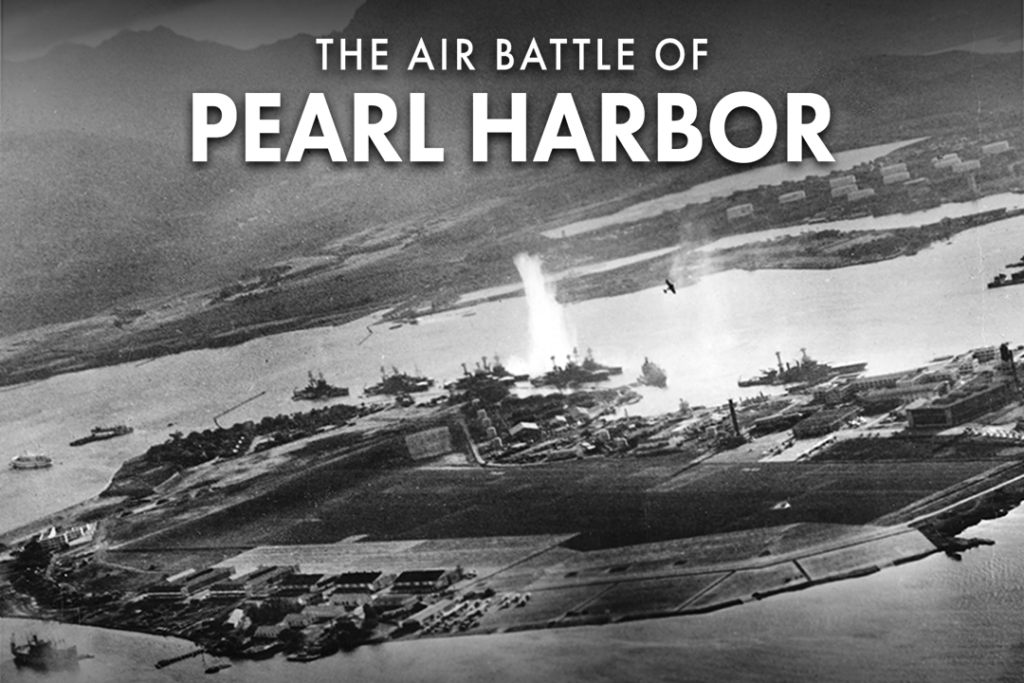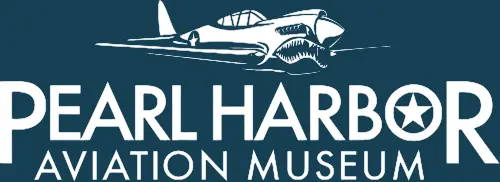Ready Room Blog
4/30/2024
Webinar:
The Air Battle of Pearl Harbor
On March 29, 2024, we hosted a webinar about the impact of aerial combat at Pearl Harbor. The discussion with Bryan Brown, son of WWII Ace, Harry Brown, highlighted exclusive stories about his father being one of the few taking flight during the December 7, 1941 attack.
Watch the video recording below.

Due to time constraints, there were some questions that went unanswered in the webinar.
Our lead docent, Eric Padel, provides the answers to all the questions below.
What made Japan want to invest so heavily in carriers and carrier aviation in the first place when compared to its contemporaries?
When it comes to the development of aircraft carriers in the Imperial Japanese Navy (IJN), Officers tended to look towards the two major naval powers the United Stated and United Kingdom. Japanese Officers looked primarily at the United States Navy for both ship and aircraft design in the 1920s. After the 1922 Washinton Naval Treaty which limited the IJN to about 60% of the size of the US and UK naval forces in a 5:5:3 ratio and limited the amount of capital ships per navy as well as aircraft carriers based on tonnage in the Pacific. Due to this the IJN and other navies began to convert currently under construction battleships and battle cruisers into aircraft carriers. This resulted in the Kaga and Akagi. The US did the same resulting in the Lexington and Saratoga. Now in the 1930s is when this following of what the US and UK were doing started to divert. While the US Navy focused on upgrading and replacing its aging battleship force, the IJN began building smaller aircraft carriers in the 10,000-15,000-ton size. This resulted in a Japanese carrier force of 11 total carriers in the Pacific by December 7, 1941 compared to a US carrier fleet of 7 total aircraft carriers split between the Atlantic (4) and Pacific (3) Oceans.
It’s often said that the Japanese had a lot of foresight when it came to the potential potency of aircraft carriers, and in contrast, it’s said that the United States didn’t fully grasp the potential or practical use of carriers until they had to in the wake of Pearl Harbor, is this assessment accurate?
One reason that the Japanese had a better grasp on not only carrier aviation but aviation warfare in general was that by 1941 they had almost 10 years of combat experience fighting in Manchuria and China. Through this fighting and real world training the IJN realized the power reach and force multiplier that aviation can bring to the battlefield. Through this near decade of fighting the IJN developed effective tactics in fighting, bombing, and reconnaissance. In contrast to this the US had little real-world experience in aviation warfare. There were some skirmishes that the US got involved in during the inter–war period (1919-1941)but not the full-on warfare of what Japan was seeing in China. Also, the US Navy was still a battleship navy, the focus was on developing capital ships and battleship captains. There were arguments within the US Navy to develop a more effective carrier force but the battleship side was still coming out on top in that fight. In the end this argument was forced to the carrier side with the loss of the battleship fleet on December 7, 1941 when the effectiveness of naval aviation was brought to bear on the US Fleet.
Did the ships in Pearl Harbor have adequate anti-aircraft defenses? Did they all have a similar AA complement, or did it vary from ship to ship?
Would it have mattered at all if the ships or the ground had adequate AA given the sheer volume of airplanes present at any given time?
A lot is spoken about the espionage committed to locate the ships in the harbor by Taeko Yoshikawa, but how did the Japanese know where the air bases were and what to target? Were there other spies involved?
Was the US able to reconstruct any Japanese airplanes from wreckage or gather any useful intelligence?
Why did Shigenori Nishikaishi crash land on Ni’ihau? Was he ordered to go there or did he get lost?
Were there any friendly fire incidences in the air during the attack?
Non that we know of –US aircraft shooting down a US aircraft. However, USAAF B17s and USN SBD and F4F arriving during the attack and USN F4F arriving that night were all violently fired on by US air defense artillery.
a. Approximately how many American planes were destroyed by the Japanese?
b. How did they destroy so many?
c. Did the Destruction of those planes significantly hamper the military’s ability to defend Hawaii from any potential future attacks or were the losses quickly recuperated?
a. 188 aircraft destroyed and 159 non flyable damaged.
b. Tactical surprise.
c. Yes, however, within weeks airpower was rebuilt. By the end of Febuary 1942 US airpower in Hawaii was greater then on Dec 7.
Were there ever any other attempts to attack Pearl Harbor by air from the Japanese after the first one?
Yes, there was another attempted attack on Pearl Harbor. This was known as Operation K. This operation occurred on March 4, 1942. This mission consisted of 2 large Kawanishi H8K flying boats, codenamed “Emily” by the Allies. The goal of this mission was to observe salvage and repair efforts at Pearl Harbor as well as cause damage to the repair facilities primarily the ten-ten dock. The two aircraft were loaded with 4x250lbs bombs each. This mission launched from the Marshall Islands, they landed at French Frigate Shoals to refuel from submarines, then made their way to Oahu. While approaching Hawaii they were detected by radars on Kauai and P-40s were sent up to intercept. It was a cloudy night so they were not found by the interceptors, also due to the clouds they were not able to find their targets. One dropped its bombs in the ocean and the other dropped its bombs on tantalus ridge near Roosevelt High School. They caused little damage resulting in a few craters and some shattered windows. After dropping their bombs, they returned to the Marshall Islands. Once they landed this completed one of the longest non-fighter escorted bombing raids in history.

